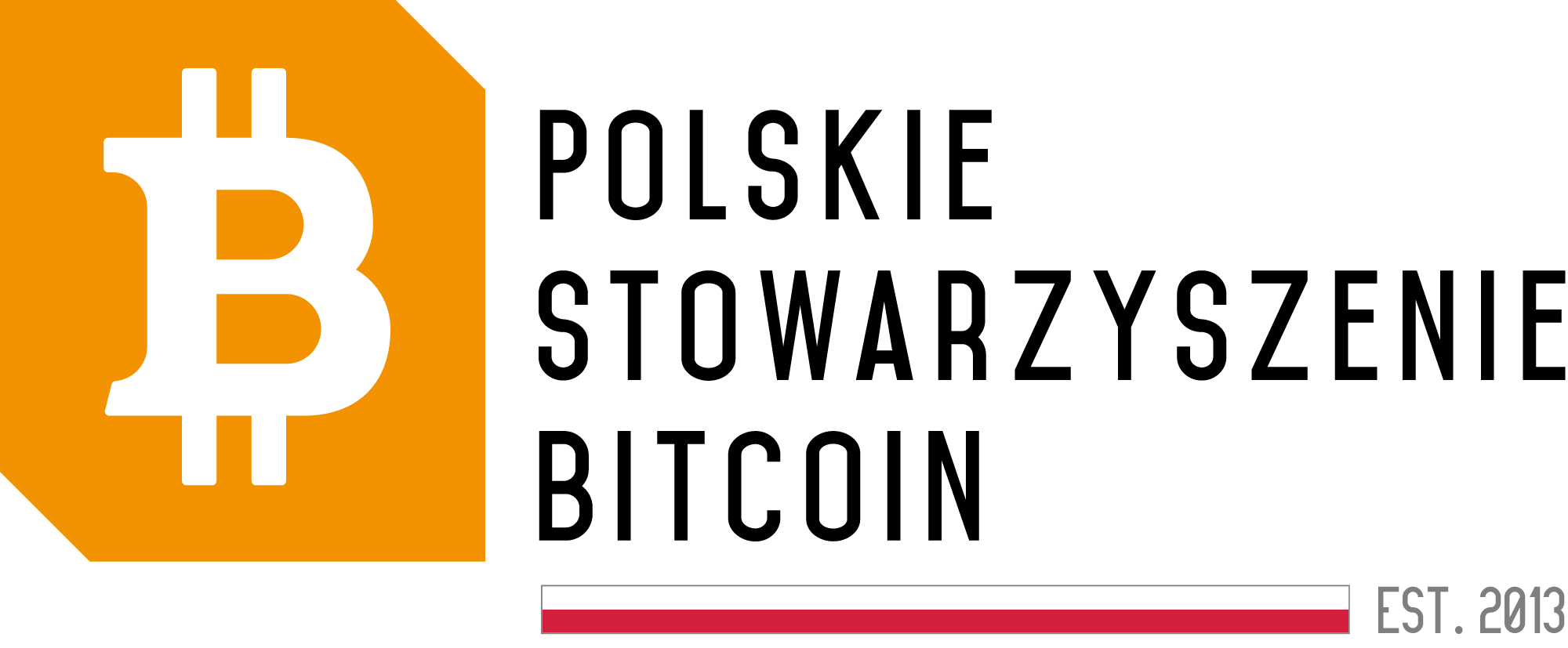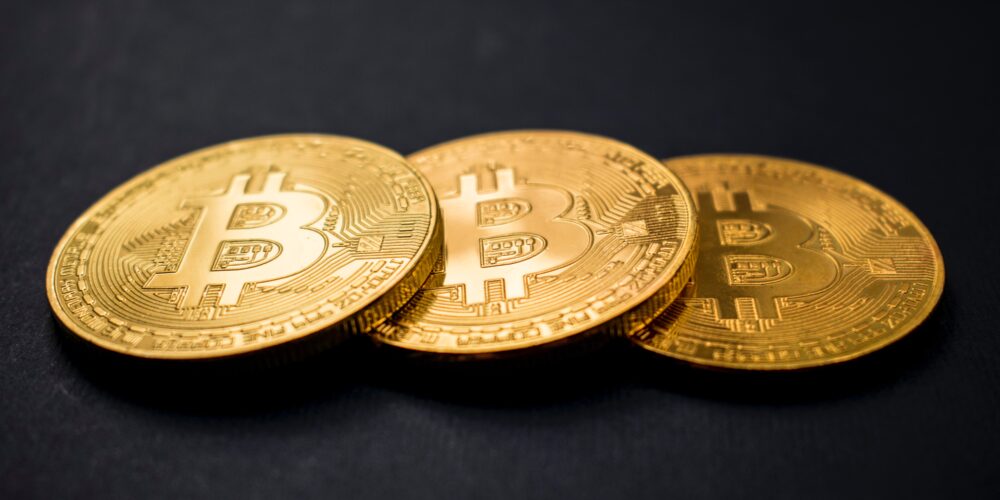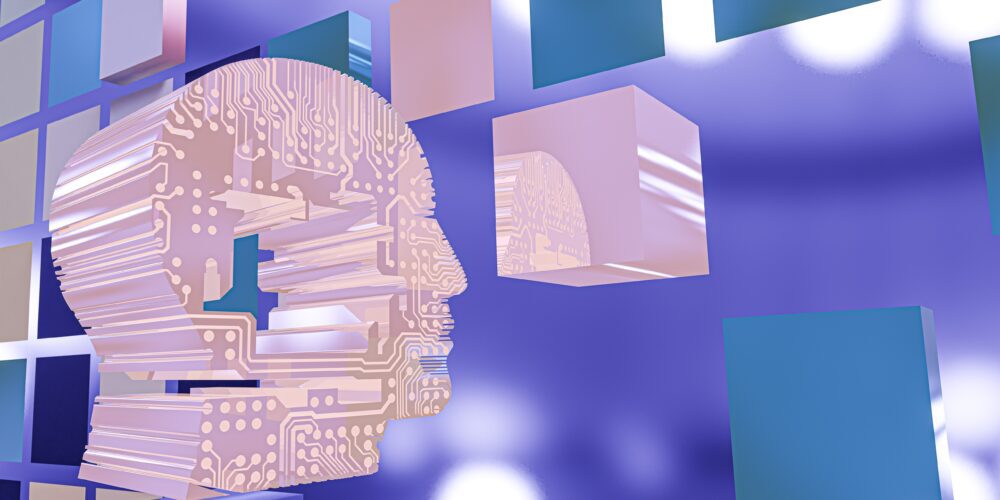the dao hack
The DAO Attack was one of the most noticeable events in the history of cryptocurrencies. The DAO, which stands for Decentralized Autonomous Organization, was one of the biggest projects based on blockchain technology, operating on the Ethereum platform. The attack that took place in June 2016 caused huge controversies within the cryptocurrency community and led to the split of the Ethereum community into Ethereum (ETH) and Ethereum Classic (ETC).
What is The DAO?
The DAO was a pioneering project meant to revolutionize the way organizations function by utilizing blockchain technology. It was an autonomous company with no central management, designed to invest funds provided by investors in other projects based on their voting. The DAO raised over 150 million dollars in Ether cryptocurrency during its public offering.
How did the attack happen?
The attack on The DAO resulted from a flaw in the smart contract code used to operate the organization. The attacker exploited this loophole in the code to carry out a series of transactions that allowed them to withdraw a significant amount of funds from The DAO. Although the attack was quickly identified, it was found that altering the smart contract code to reverse the transactions would be complex and controversial considering Ethereum’s decentralized nature.
Consequences of the attack
The attack on The DAO had massive consequences for the cryptocurrency community. To prevent further thefts, the community decided to execute a “hard fork” of Ethereum, meaning a protocol change to restore the funds stolen from The DAO. However, not everyone agreed with this decision, leading to the creation of Ethereum Classic as a separate branch of Ethereum.
For some, the attack on The DAO served as a warning that despite the potential of blockchain technology, there are certain risks associated with smart contracts and autonomous agreements. Nevertheless, on the other hand, the cryptocurrency community drew many lessons from this experience for the future, helping in further development and improvement of blockchain protocols.






